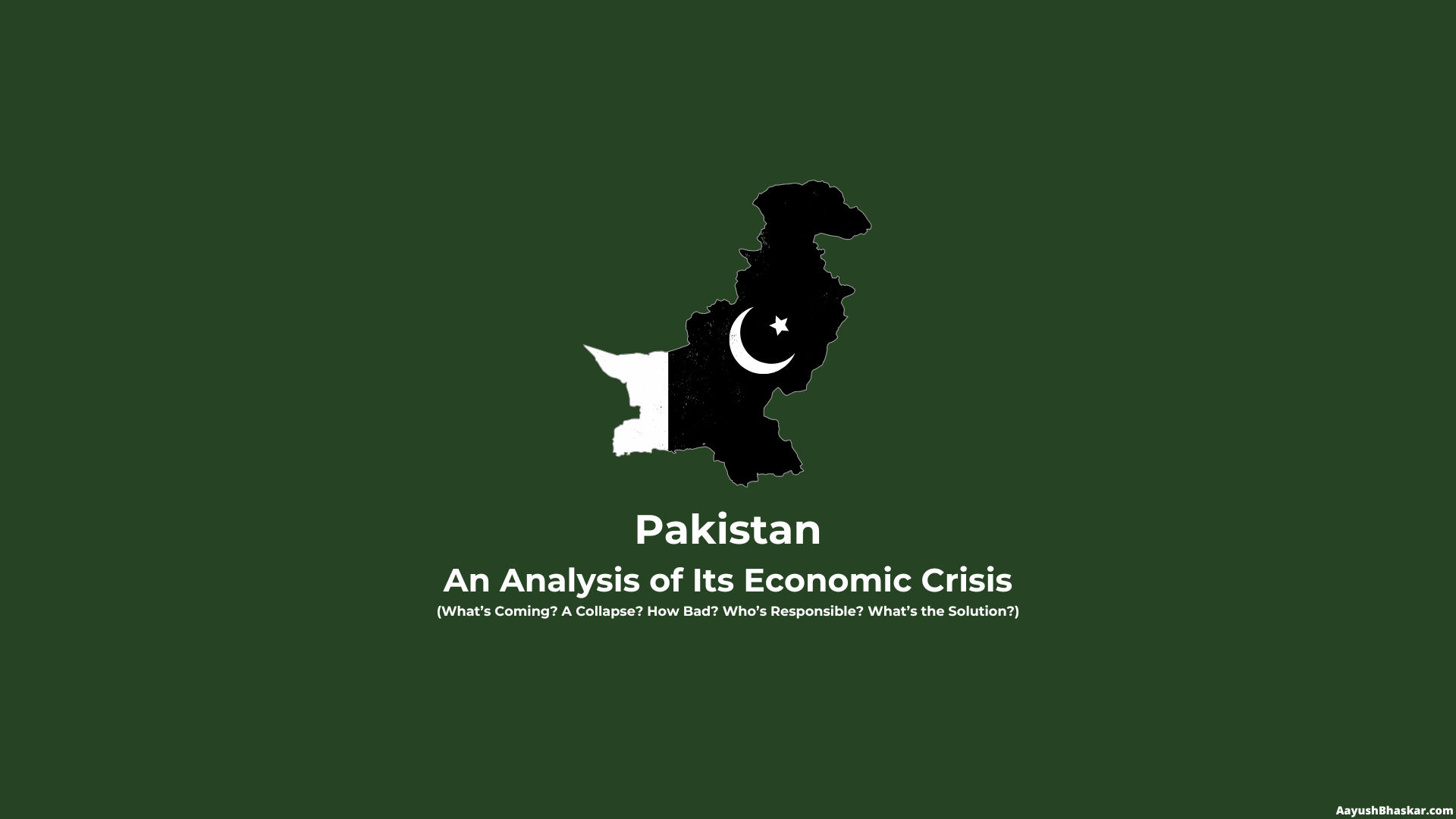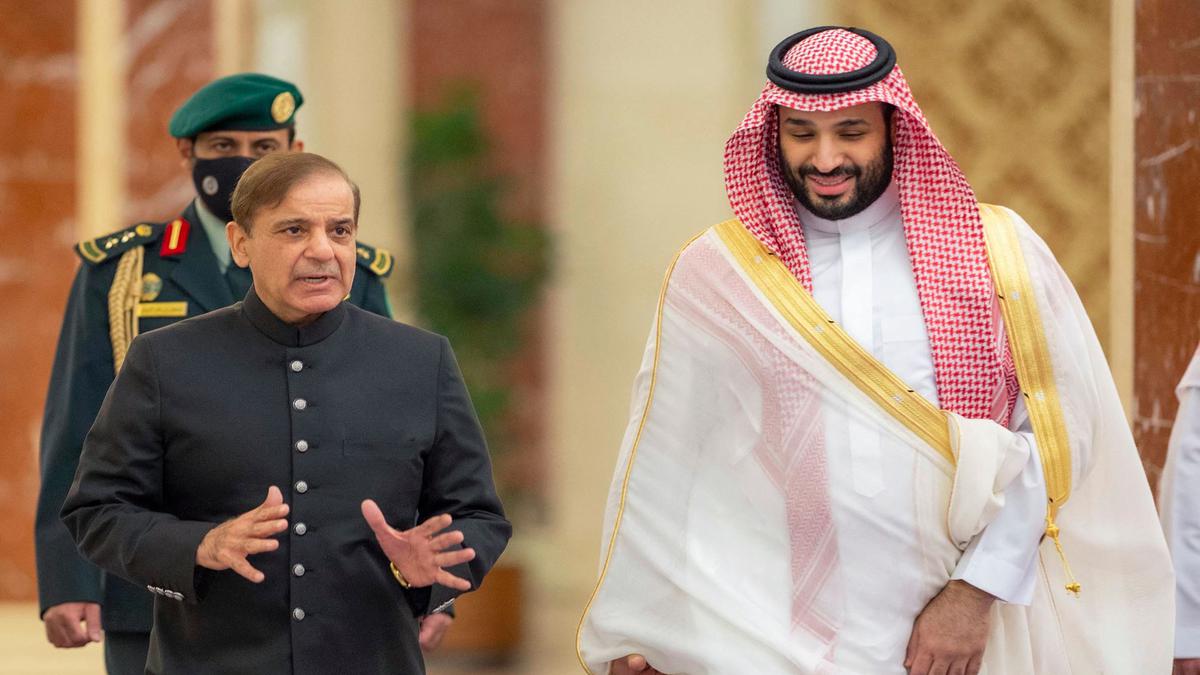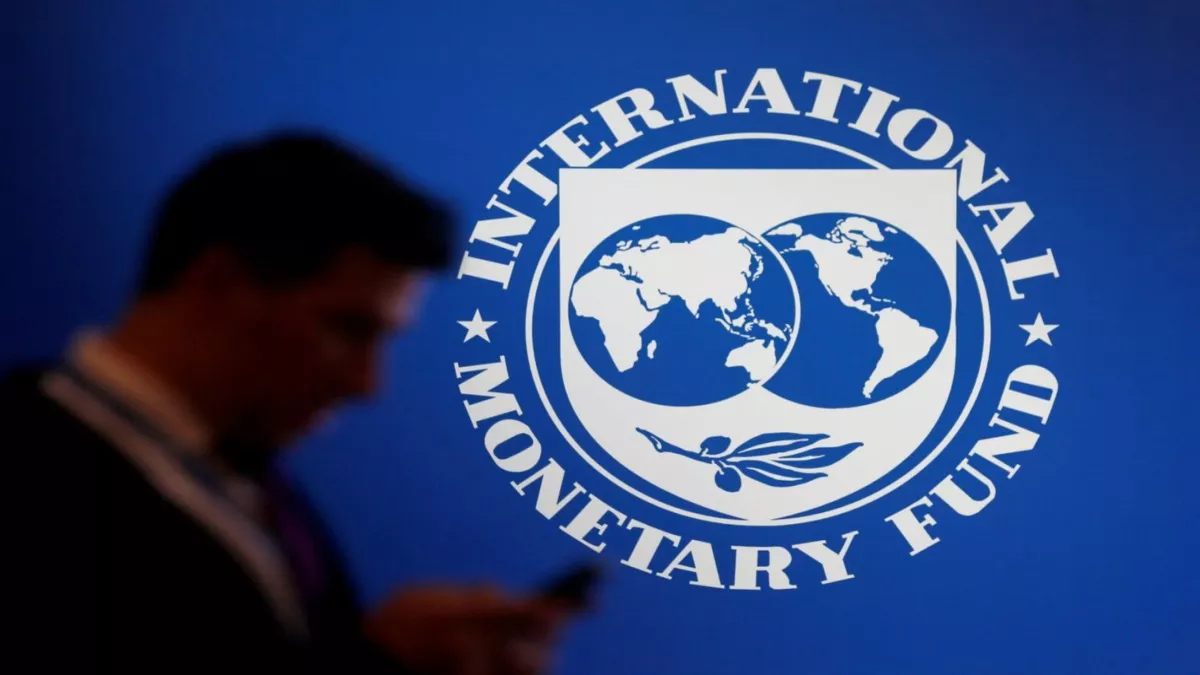Listen the Article:
Despite ongoing talks between Islamabad and the International Monetary Fund (IMF) to restart the USD 6 billion rescue package from the IMF, Pakistan is on the edge of bankruptcy as Pakistan’s economic crisis is facing a dismal future with no immediate bright outlook.
As to what appears to be the nation’s closest encounter with a nightmare that has come true, all the ruling parties in Pakistan discover themselves mentally and financially bankrupt as Pakistan’s economy collapses.
Since the April transition of power, the parliament has continued to malfunction, parliamentary sessions were being dissolved, terrorism showed its ugly face once more, and the political unrest has worsened with each new day, harming the economy.
Also Read: Auto expo 2023 Live: Actor Shahrukh Khan participated in Auto Expo.
Although the State Bank of Pakistan’s new “new me” personality, the numbers speak for themselves. Under Imran Khan’s administration, Pakistan’s overall obligations and debts have surpassed PKR 50.5 trillion, representing a rise of almost PKR 20 trillion. According to SBP data, the deficit in current accounts has risen to 4.7% of GDP, far higher than the intended range of 2-3% for 2021.

News About Pakistan Economy
The State Bank’s foreign exchange holdings fluctuate from crisis to crisis but have recently stabilized a little thanks to a $3 billion loan from Saudi Arabia as part of a $4.3 billion package of aid. It was anticipated that this would boost Pakistan’s exchange rate. Not at all. The rupee continued to fall against the dollar, reaching 179, suggesting severe economic conditions.
https://www.instagram.com/p/CnOQHp4KFs6/?utm_source=ig_web_copy_link
The State Bank puts the burden on budgetary allocations to high debt servicing costs and food imports, particularly vegetables, wheat, and sugar. The high cost of cotton imports to support Pakistan’s manufacturing sector has also depleted foreign exchange reserves. Earlier, Pakistan had agreed to purchase all of these items from India due to pressure from business people. Still, the plan failed as a result of political pressure, and this automatically led to Pakistan’s economic crisis.
Syed Shabbar Zaidi, a former chairman of the FBR (federal board of revenue), declared that Pakistan would never be able to pay its debts. In a lengthy Twitter chat, he claimed that “bankruptcy” is a situation where loans cannot be repaid from expected earnings. That is a logical assertion that is difficult to challenge.

Saudi Arabia To Rescue
As the nation waits for the ninth assessment of a $7 billion IMF (International monetary fund) rescue package, Pakistan is expected to obtain a multi-billion monetary support deal from an old ally Saudi Arabia.
According to the two representatives of the finance ministry, the Saudi deal would include oil on future payments and deposits to increase the nation’s foreign reserves.
Saudi Arabia weighs boosting Pakistan investment to $10 bln
Ishaq Dar, the finance minister, expressed previous optimism about starting discussions with Saudi Arabia early.

Pakistan’s economy is experiencing a balance of payments crisis as the current account deficit increased and central bank reserves dropped to $6.7 billion, just enough to cover one month’s worth of imports.
The backing of Saudi Arabia may give Pakistan more negotiation leverage when attempting to begin talks with the International Monetary Fund over a stalled bailout. The IMF’s conditions for an agreement, which include boosting power and fuel prices as well as taxes, have yet to be accepted by Islamabad up to this point.
The country’s foreign exchange reserves are rapidly depleting, and financial markets expect the IMF program to be restarted within the next few days.
Bankrupt #Pakistan goes powerless!
Country shuts malls, markets, wedding halls to save energy as it grapples with economic crisis. Watch this report #IndiaFirst | @ShivAroor pic.twitter.com/E0SzoO25PL— IndiaToday (@IndiaToday) January 4, 2023
Ways To Preserve Money And Sources
During a press conference with other cabinet members, Pakistan’s defense minister Khawaja Asif announced that the energy conservation plan “is being enforced immediately.”
“The country is enduring a trying time.” He even said that The plan calls for all government facilities and workplaces to use the least amount of energy possible and commits to developing a procedure allowing personnel to work remotely over ten days. At the current rate, the country cannot use electricity.
There were no lights on during the most recent cabinet meeting. He led by example by mentioning that the meeting occurred in the open.
Pakistan Economy 2025
The Planning Commission has given Prime Minister Imran Khan a general overview of the proposed economic growth strategy. Next month, the draught strategy will be presented to the National Economic Council (NEC) for its preliminary approval. The PTI government’s growth strategy was completed around the close of its fourth year in office and will be implemented beginning with the start of the following fiscal year, which will be Imran Khan’s final year in office.
By concentrating on trade links with China and industrial areas with a competitive advantage, the plan aims to achieve sustained growth.
The ultimate goal is to increase per capita income from its current $1,638 to over $2,100 while maintaining an average economic growth rate of 5.9% for 2022 to 25.
Conclusion

Pakistan could collapse within a year or so, according to economists. According to them, a debt restructuring that includes partial debt forgiveness and rescheduling—while technically still considered a default—would offer a more orderly solution to the debt dilemma than the chaos that resulted from Sri Lanka’s default last year.
Better news came from a fundraiser held on Monday in Geneva to aid Pakistan’s recovery from floods the previous summer. According to a tally released by Pakistan, trade blocs and countries like the European Union, China, and the United States, as well as multilateral lenders like the Islamic Development Bank, have offered about $9 billion to assist in the rebuilding. The majority of the funds came in the form of recent multilateral agency loans.



